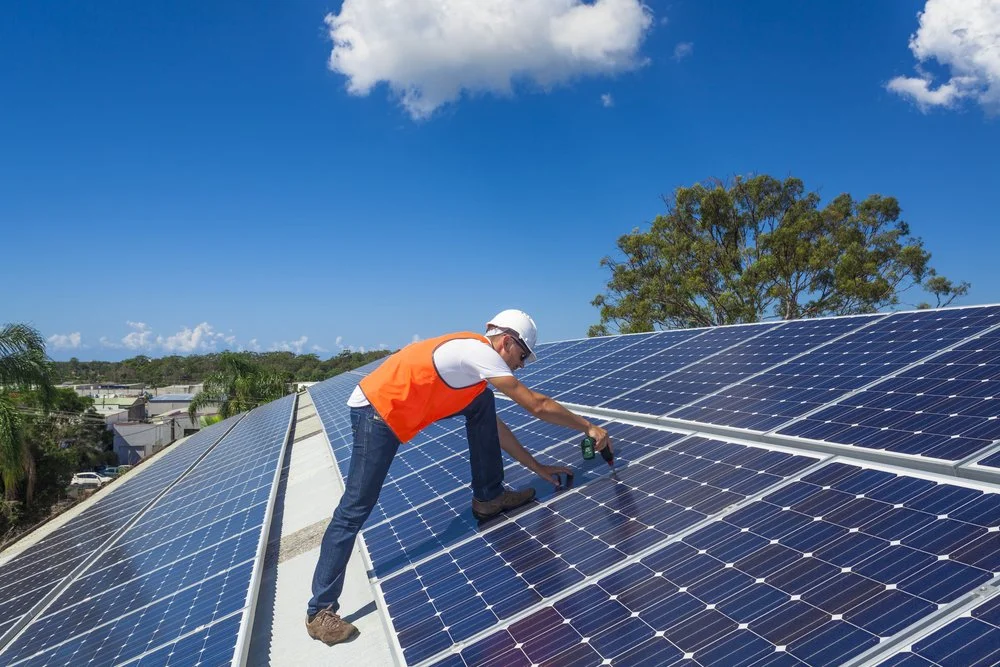All residential solar customers of investor-owned utilities (IOUs) Pacific Gas & Electric (PG&E), Southern California Edison (SCE), and San Diego Gas & Electric (SDG&E) that qualified for time-of-use (TOU) grandfathering have now been placed on a rate containing “new” TOU periods. As of July 31, 2022, residential TOU grandfathering protection has expired, and customers have been transferred to their utility’s default residential rate option, which for each of the IOUs contains a 4 p.m. to 9 p.m. peak pricing window.
Every three to four years, California’s largest IOUs go through a General Rate Case (GRC) cycle facilitated by the California Public Utilities Commission (CPUC). GRCs are regulatory proceedings that address the costs associated with operating and maintaining the electric grid, serving as a foundation for rate-setting. The 2017-2019 GRC cycle gained notoriety from the radical rate design changes it entailed, most notably the mandatory transition of customers to TOU rates containing a 4 p.m. to 9 p.m. peak period. The decision to default new utility customers to a TOU rate and to transition the existing customers is part of the CPUC’s statewide energy conservation initiative, better aligning electricity price signals with grid demands.
California’s solar industry expressed concerns, stating that the decision was inconsiderate of those that decided to install solar based on the assumption that they would continue service under their current rate schedule. To ease the cost-analysis disruption, the CPUC instituted “TOU Grandfathering”, in which those that submitted a solar interconnection application by a specified date would be protected from the new TOU periods for a defined term.
Summary
Residential solar customers that qualified for TOU grandfathering were granted protection under “legacy” TOU structures for a period of 5 years from permission-to-operate (PTO) issuance, but not to exceed July 31, 2022. Below are important details regarding the expiration of TOU grandfathering to be aware of:
- Commercial and industrial (C&I) solar customers qualified for TOU grandfathering are not subject to the July 31, 2022 expiration date. C&I customers were granted protection for a period of 10 years from PTO, not to be extended past July 31, 2027 (December 2027 for public entities).
- TOU grandfathering is separate from net energy metering (NEM) grandfathering. NEM-1 and NEM-2 customers are currently protected from successor NEM tariffs (NEM-3) for 20 years.
- NEM-1 customers that elected service under a TOU rate before the implementation of the new TOU periods are subject to this grandfathering expiration and cannot switch back to a non-TOU rate option.
- The residential TOU grandfathering expiration applies to Community Choice Aggregation (CCA) customers.
- The transition process may differ depending on the utility. Most customers will begin to be billed under their new rate schedule starting with the billing cycle that follows grandfathering expiration.
- The default residential rate for each IOU is as follows:
- PGE: E-TOU-C
- SCE: TOU-D (Option 4-9 PM)
- SDG&E: TOU-DR1
- Customers can elect service under a different rate option, excluding those considered grandfathered or containing legacy TOU periods.
The Takeaway
The transition from TOU grandfathering will be more of an adjustment for some residential solar customers than others. For example, many of the SDG&E customers that transitioned were under a rate schedule that contained an on-peak period of 11 a.m. to 6 p.m. and are now subject to peak electricity prices during time periods where solar photovoltaic (PV) production is minimized (4 p.m. to 9 p.m. or 5 p.m. to 8 p.m.). While eligible to continue service under their current NEM tariff, there is a high likelihood that the CPUC’s Final Decision on the state’s next net metering tariff iteration (NEM-3) will retroactively reduce the grandfathering term of NEM-1 and NEM-2 customers.
It has been just under one year since theCPUC’s NEM-3 Proposed Decision (PD) was released. Although several aspects have yet to be finalized, basing solar exports on avoided cost values is inevitable. When pairing the devaluation of solar with escalating utility rates, energy storage becomes essential for both residential and C&I solar customers.
In our ETB Developer platform, the default residential rate of each IOU is available and updated as rate changes are implemented. Users are encouraged to contact our in-house Data Team atutilityraterequest@energytoolbase.com with any rate-related questions.
Learn more about the key policy issues in the California solar and energy storage market and access reports on how they affect the economics of projectshere

